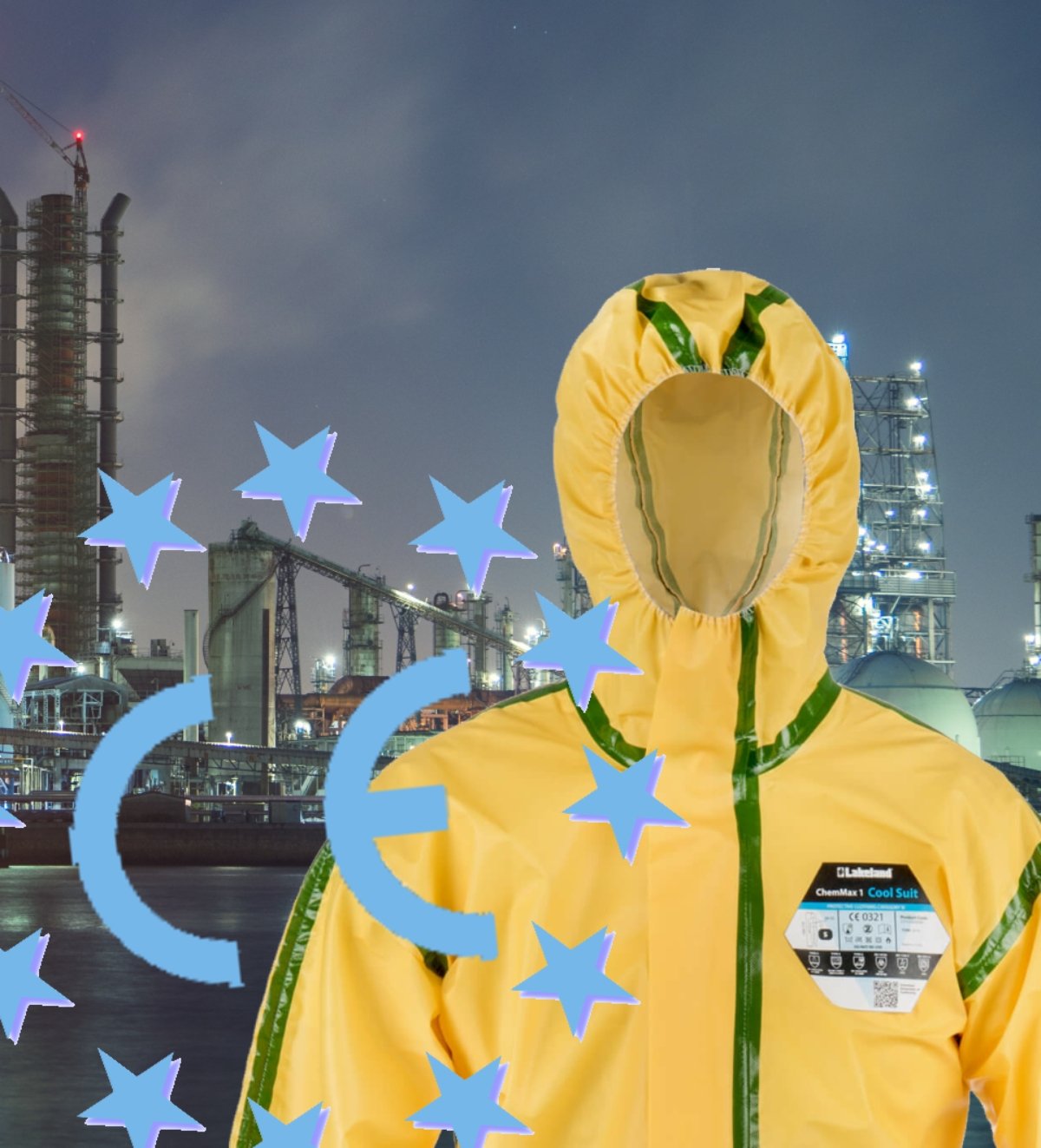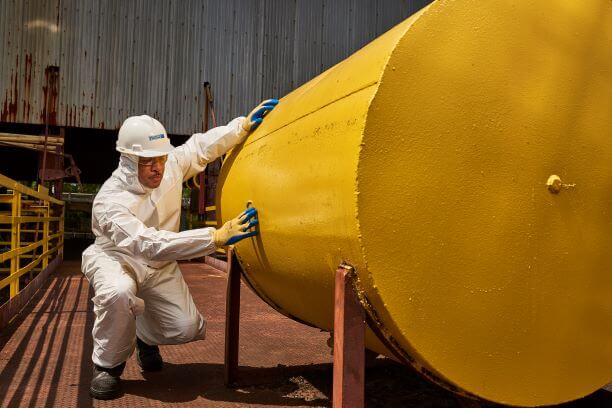If you are a manufacturer of PPE selling product into Europe, you probably already know how to certify PPE.
However, if you are a safety manager selecting PPE, or a user of PPE, you might think you don’t need to know.
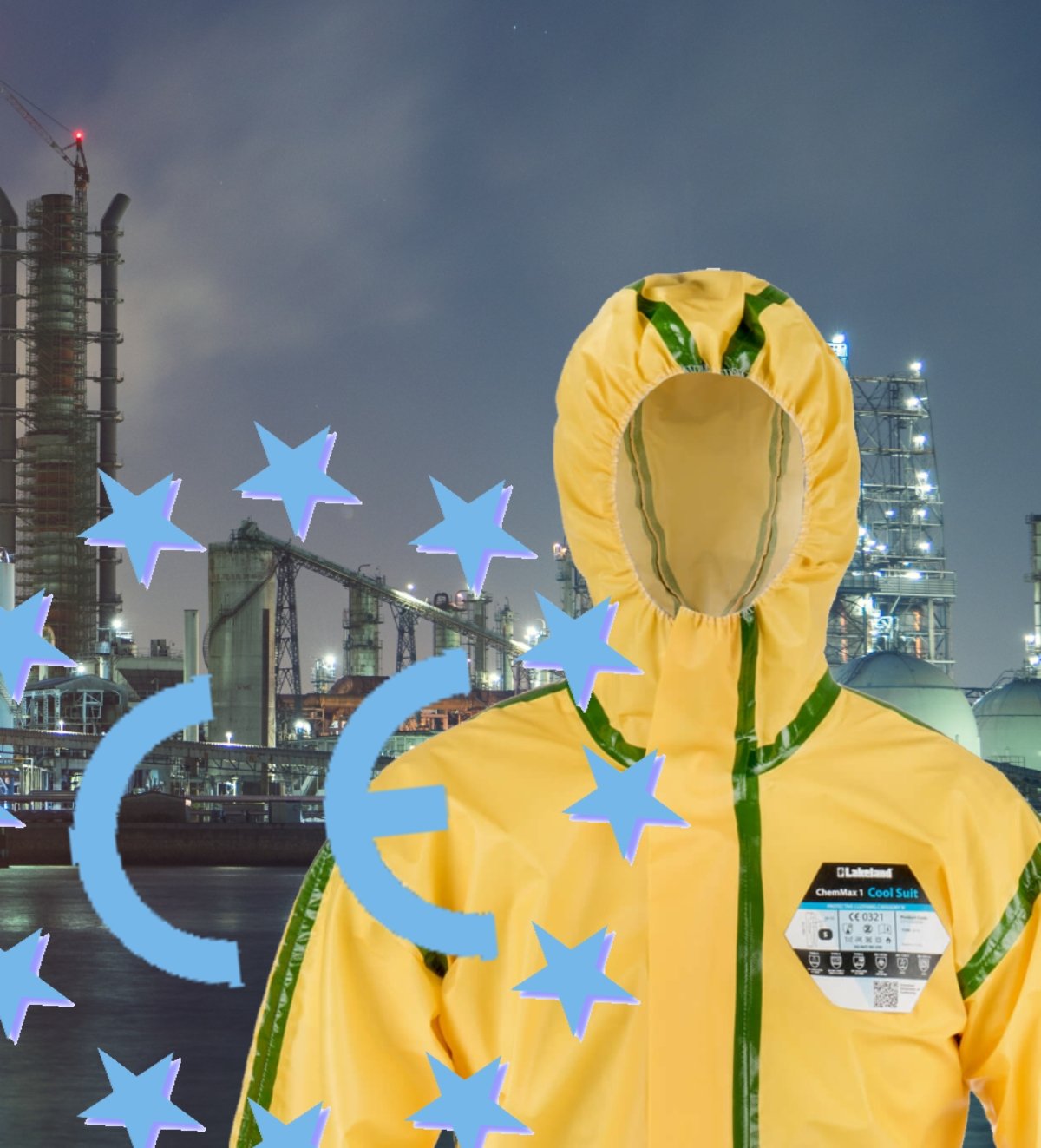
And considering the proliferation of “counterfeit” PPE in the market in recent years, understanding CE certification will also help to ensure PPE is genuine. It’ll also reduce the possibility of suppliers, either unwittingly or wittingly, supplying PPE that is not what it should be.
The principle of CE certification (“CE” being French for “Conformité Européen”) is that all PPE is independently tested, assessed and approved by national government appointed organizations (or “Notified Bodies”). Upon approval, these bodies issue a CE Certificate to prove the product meets the minimum 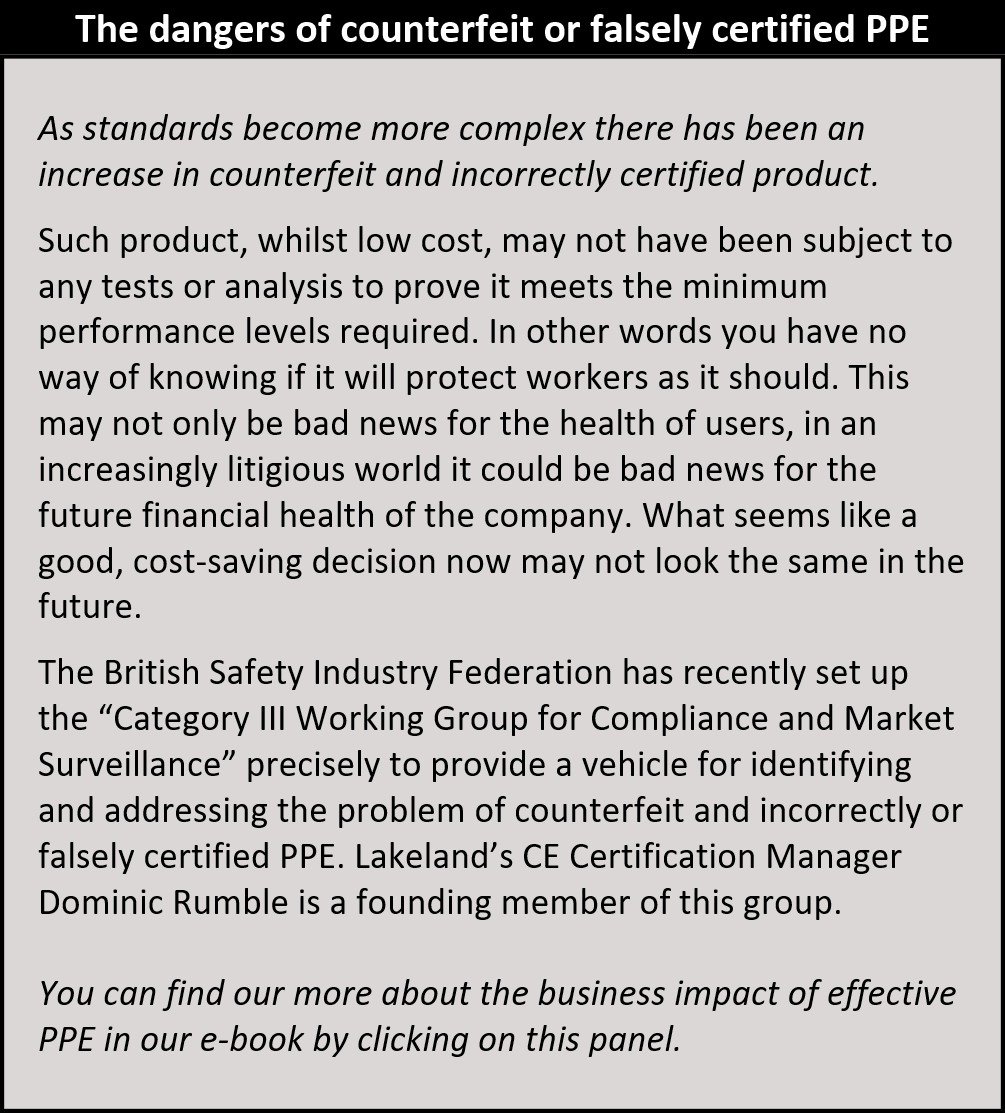
… or at least for PPE that is defined as Category III products. Category I and II products are not subject to the same demanding process. So, what are Category III products?
The original PPE Directive (now replaced by an EU Regulation which features similar definitions) organized PPE into one of three categories. You can find a table of these categories in our blog here.
Essentially, Category III products are those designed to protect against hazards that can result in serious health consequences or even death. The full process of external assessment and certification by a Notified Body applies only to Category III products, so let’s amend our original question to:
“How do you CE certify an item of Category III PPE?”
The initial approval and issue of a certificate are fairly straightforward. It is the process by which certification is maintained over time that can be interesting to users, because it indicates how, and how often the product is actually assessed.
Initial Certification
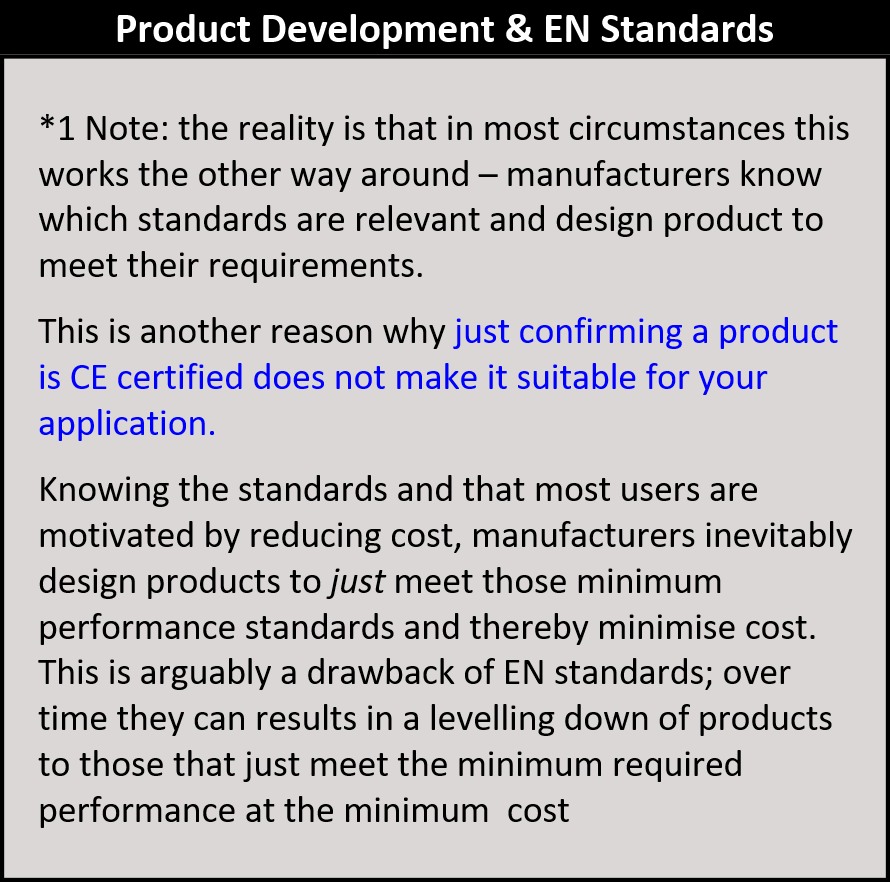
Standards are written around the hazard that the PPE is designed to protect against. For example, if the product is clothing intended to protect against heat and flame, it will be certified according to EN 11612. This standards details all required elements of a product to meet the performance requirements including:
Fabric Properties: Tests to measure properties such as the tensile strength, abrasion resistance or tear resistance. The results of tests are classified according to tables given in EN 14235. In some cases the standard may define MINIMUM performance requirements such as a minimum Class 2 required for tensile strength.
There may be requirements unique to a specific standard; in the case of EN 11612, these include heat resistance (requiring that resulting shrinkage is less than 10%) and one or more of five “Heat Transfer Resistance” tests measuring the effectiveness of the fabric in resistance to five types of heat energy.
Each standard will detail the specific requirements for that standard. I always recommend to anyone who deals with standards to actually read them rather than just follow the advice of various papers, e-books and blogs (including this one. It is remarkable what you can discover when you actually read standards rather than relying on summaries. Reading standards can help to dispel the many myths surrounding them.
Finished Garment Tests: Whereas the above tests address properties of components or fabrics used to make the PPE, these tests address properties of the finished PPE. So, for example, chemical suits certified to EN 14605 are subject to “spray tests” in which a user wearing the garment is sprayed with a liquid under specific laboratory conditions to check how much, if any, is able to penetrate inside. Such tests may have specific pass or fail criteria, or may simply result in a classification to advise users on the PPE’s general effectiveness.
Design Requirements: The standard may also define specific design requirements for the finished product. For example, the EN 11611 standard for garments for welding applications requires that pockets must have covering flaps at least 20mm wider than the pocket itself (to prevent splashes of molten metal entering the pocket), or the EN 20471 for high-visibility garments which defines the minimum size and positioning of reflective strips.
Basic Health & Safety Requirements: There are also basic health and safety requirements – as defined in the overall Directive/Regulation or in a “General Requirements” standard for the product groups – such as EN 13688 for protective clothing. This might include tests to measure, for example, pH level in order to confirm the product will not cause irritation to the wearer’s skin.
Labelling and User Instruction Requirements: Each standard describes in detail what information should be included on the product label and in the User Instruction document supplied with the product. In the case of the latter, it might include very specific statements that must be included – especially related to limitations of use.
A good example is information required for garments certified to EN 1149 – the standard for anti-static – which is important if garments are used in potentially explosive atmospheres.
Again, I always recommend users actually do read product User Instructions. It is remarkable what you can find.
So the product standard indicates all the tests that must be performed along with any design, labelling user instruction or other requirements that a product must meet or conform to.
Once testing is complete and the manufacturer is satisfied all the requirements are met, they must produce a Technical File which (at least theoretically) contains all the information required to manufacture the product. This includes:
- Details of the intention of the product
- What it protects against
- Raw materials, component types and sources
- Assembly method
- Specifications
- Design drawings
- Basic health and safety requirements
- Standards applicable and all the tests conducted
- Test reports, and results and so on.
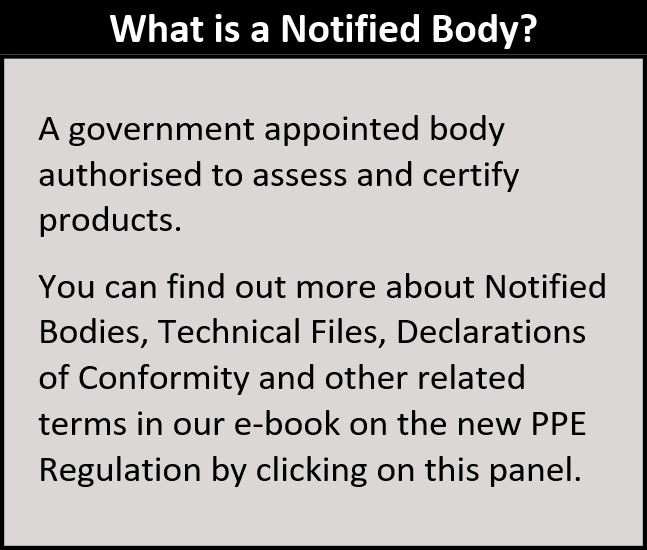
The Notified Body will then audit the file, consider the test reports and results, assess the product sample and if satisfied that all the requirements have been met, issue a CE Certificate against it.
Once the certificate is issued, the manufacturer can then use it to issue a Declaration of Conformity, which can only be issued after the certificate is issued because it must be based on what the certificate contains.
So that’s the easy part; initial certification. You now have a product CE certified and it can be placed on the market for sale.
Ongoing Certification
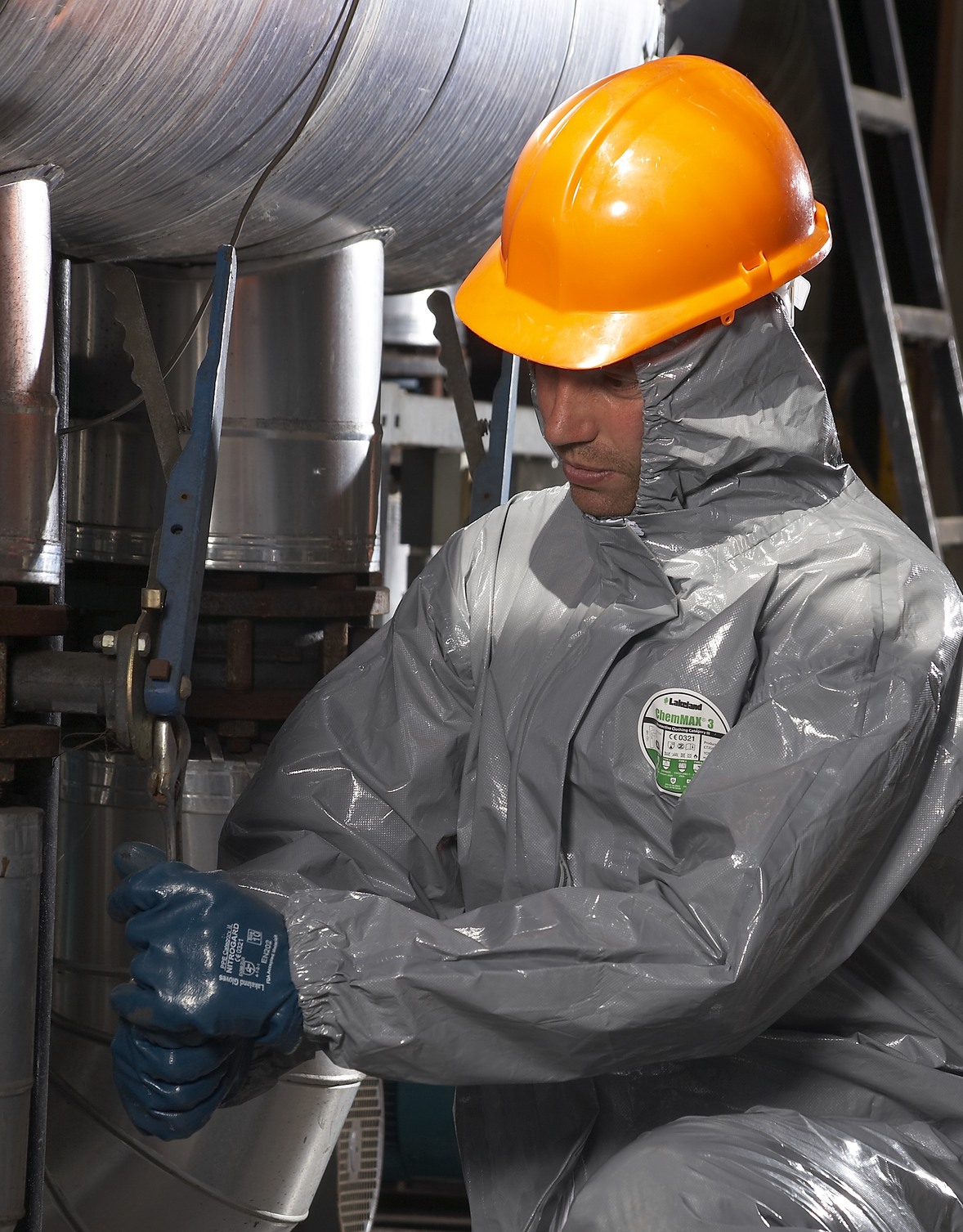
The Directive offered, and now the Regulation offers, different methods to address this challenge. The method chosen depends on the number of products or where it is made.
Essentially there are two routes: the first involves regular (annual), re-testing of the product to ensure that it continues to meet all the requirements. This might be appropriate if there are only one or two products or product variations to certify.
The second involves an annual audit of the factory in which it is made, or more precisely, an audit of the Quality Assurance procedures in the factory. This is to essentially confirm that the factory continues to make that product to precisely the same specifications as the one that was originally tested and certified (more appropriate where you have multiple products requiring certification).
Routes to Certification
In the old 1989 Directive, these two methods of securing ongoing certification were known according to the section or “article” they were described in. In the new Regulation they are known by the “module” in which they are described:-
Article 11A in the Directive / Module C2 in the new Regulation
Certification via ongoing, annual retesting of product.
Article 11B in the Directive / Module D in the new Regulation
Certification via annual quality assurance audit of the manufacturing unit in which the product is made. This involves the Notified Body’s auditor actually visiting the factory every year and checking it against a range of requirements described in the Directive.
The requirements of the audit in Module D are slightly more extensive than in Article 11B, but are essentially the same. Both are similar to the requirements of ISO 9000 certification.
And that’s it. That’s the process of certifying an item of Category III PPE to the original Directive or now the new Regulation.
If you are a safety Manager involved in selection of the best PPE for the job, there are some questions worth asking:
- How is ongoing certification achieved?
If a product certificate is several years old, knowledge of how ongoing approval is gained, i.e. Module C2 (Article 11B) or Module D (Article 11B), can help in understanding what ongoing mechanisms ensure the PPE being used has 1) not been changed since originally certified and 2) matches the specifications you initially required and selected. - Who has conducted the certification?
It might be useful to know who has certified your PPE, especially as most PPE is sold to end users by distributors. Has it been certified by the manufacturer or by the importer/distributor? Make sure to ask. - Which Notified Body issued the certificate?
Knowing which Notified Body issued the certificate can be beneficial.A certificate’s veracity can easily be checked directly with the Notified Body (it’s the four digit number on the PPE label). You can find out more about how to identify counterfeit PPE in our blog here. - What does certification actually tell you about the product?
Finally, knowing the process and what specific PPE standards contain can be invaluable in determining what the standard is actually telling you about the protection the PPE offers and more importantly, its limitations.Standards define minimum performance requirements for PPE and many, perhaps most, applications that require PPE demand more than the minimum to ensure adequate protection is provided. This is why, when involved in training of Lakeland or Lakeland distributor sales teams I always recommend that they actually read standards. Because, as I always say,
